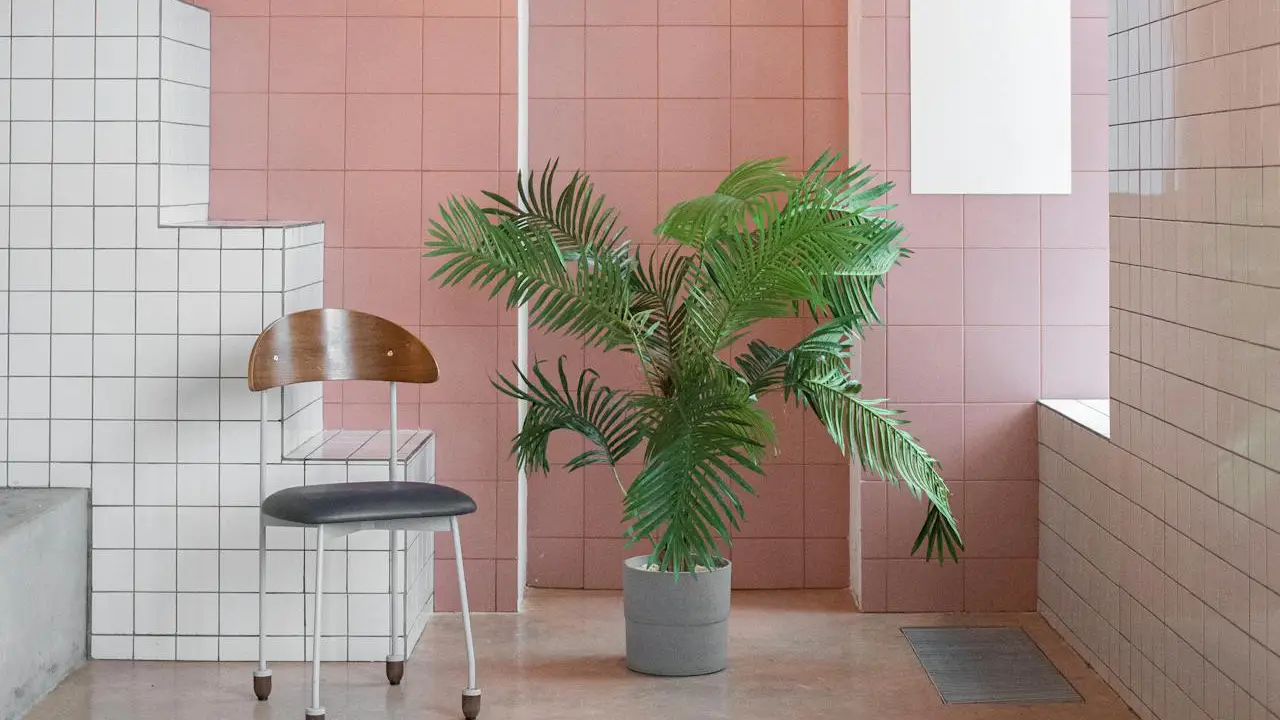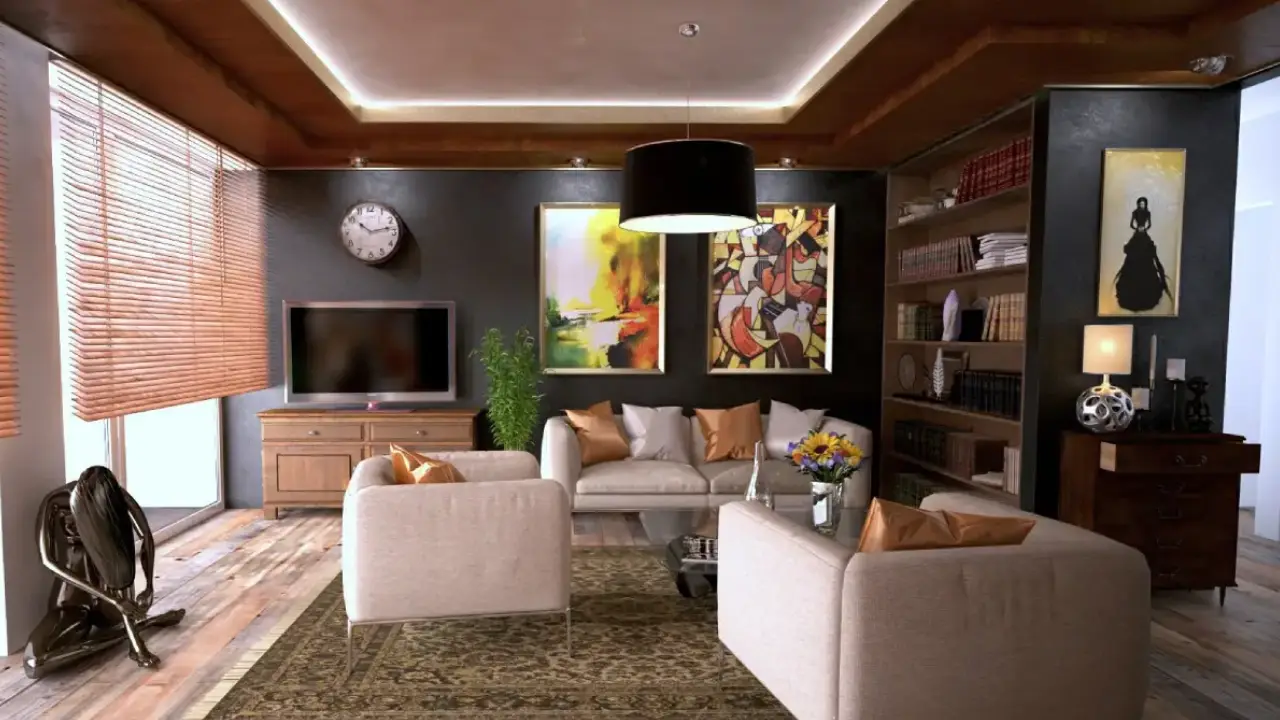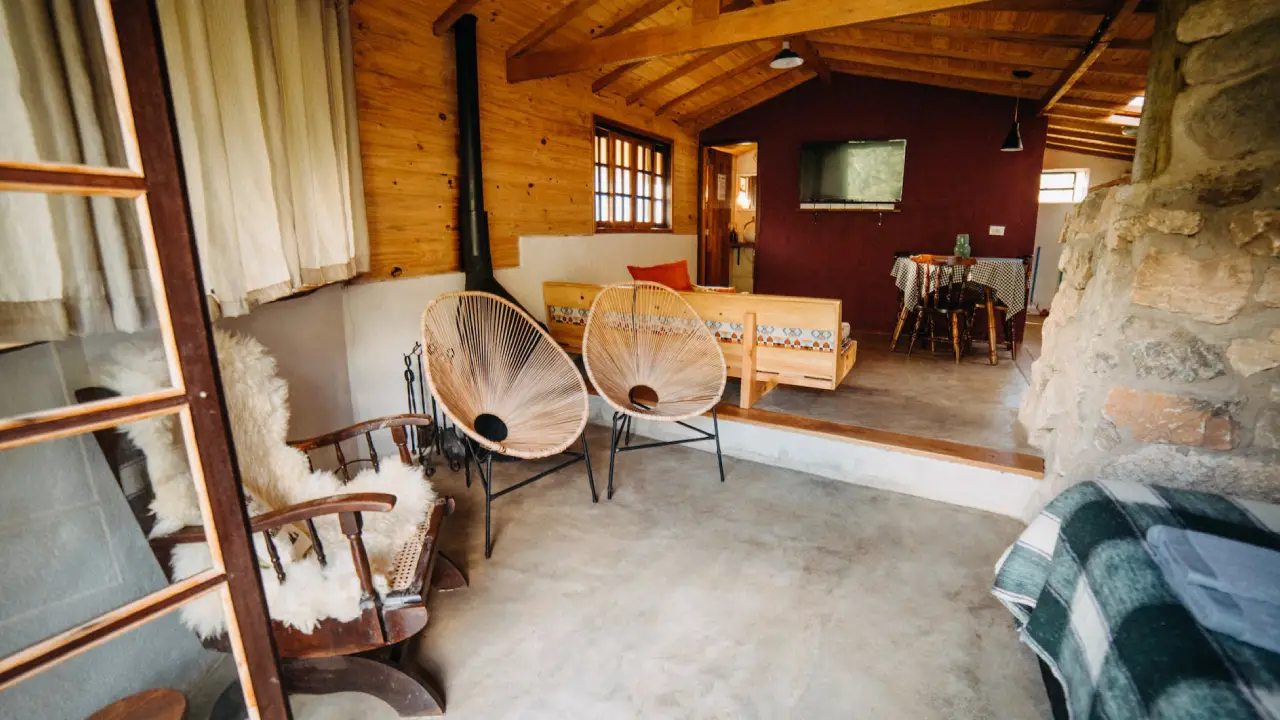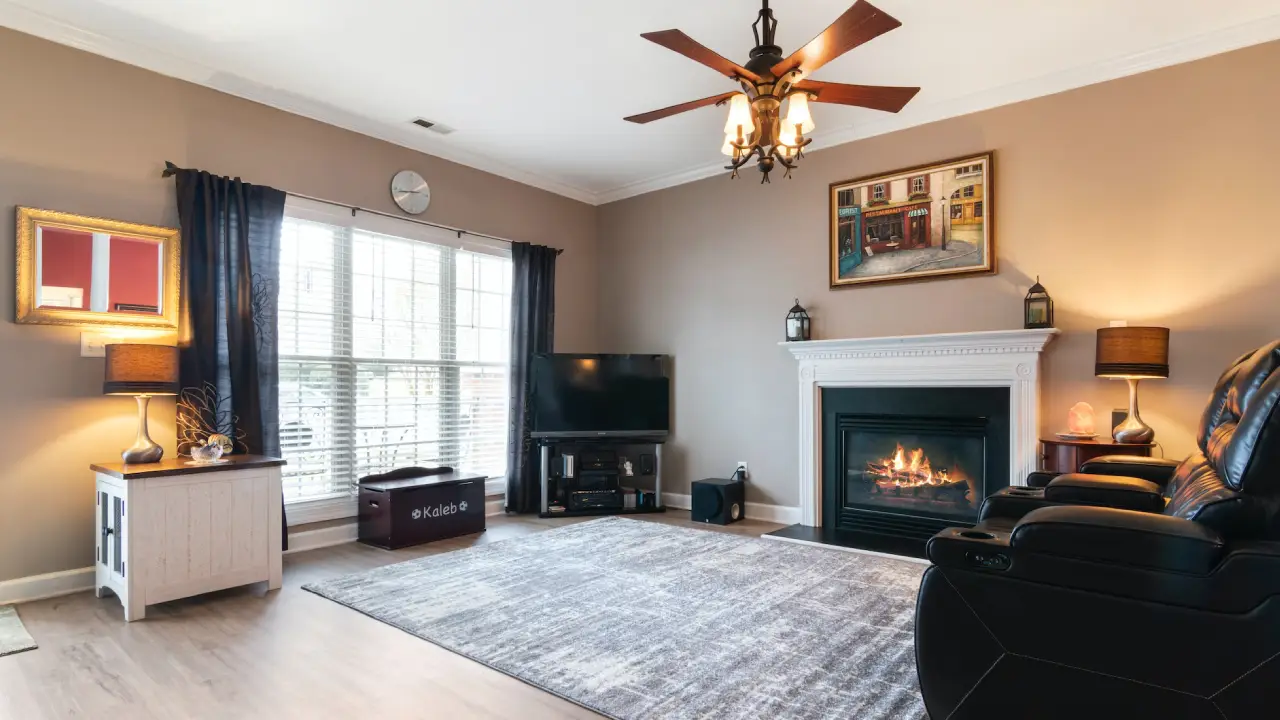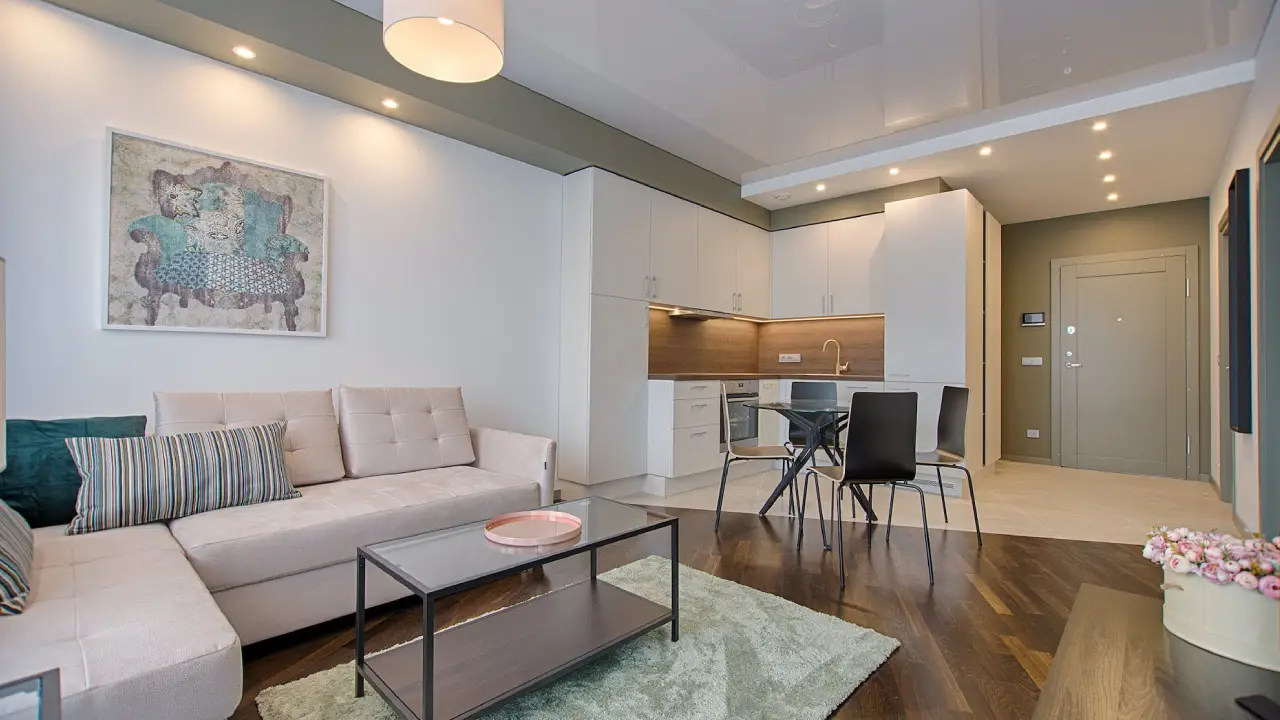Choosing the perfect color scheme for your home can transform your space, making it a reflection of your personality and style. Whether you’re redecorating a single room or planning a whole-house makeover, understanding how to choose colors that harmonize can make the process enjoyable and satisfying. This guide will walk you through practical steps to help you pick the right hues for your home décor.
Understand the Basics of Color Theory
Before diving into color selection, it’s essential to grasp some basic color theory concepts. Colors can significantly affect mood and perception, so knowing how different hues interact is crucial.
Primary Colors: These are red, blue, and yellow. They cannot be created by mixing other colors.
Secondary Colors: These are green, orange, and purple, made by mixing primary colors.
Tertiary Colors: These result from mixing primary and secondary colors, like red-orange or blue-green.
Color Wheel: A handy tool that shows the relationship between colors. It helps in creating harmonious color schemes.
Warm vs. Cool Colors: Warm colors (reds, yellows, oranges) can make a space feel cozy and inviting. Cool colors (blues, greens, purples) tend to make a room feel calm and spacious.
Assess Your Space
Each room has its own function and atmosphere, which should influence your color choices. Here’s how to assess different spaces in your home:
Living Room: A space for relaxation and entertainment. Warm, neutral colors can create a welcoming environment, while a bold accent wall can add interest.
Kitchen: Often the heart of the home, kitchens benefit from bright, clean colors like white, yellow, or light blue, which can make the space feel fresh and inviting.
Bedroom: A personal retreat. Cool colors such as blues and greens promote tranquility and restfulness. Consider muted tones for a more serene atmosphere.
Bathroom: A place for relaxation and rejuvenation. Light, airy colors like white, soft blues, or pastel greens can make the space feel spa-like.
Home Office: A space for productivity. Neutral colors or shades of blue and green can enhance concentration and focus.
Consider Lighting
Lighting plays a crucial role in how colors appear in your home. Natural and artificial light can alter the perception of color.
Natural Light: South-facing rooms receive warm, bright light, which can intensify colors. North-facing rooms get cooler, softer light, which can make colors look muted.
Artificial Light: Different light bulbs can cast various hues. Incandescent bulbs emit warm light, making reds, oranges, and yellows more vivid. Fluorescent lights are cooler and can enhance blues and greens.
Test Samples
Before committing, paint small sections of your walls with your chosen colors. Observe how they look at different times of the day and under various lighting conditions.
Choose a Color Scheme: Creating a cohesive color scheme involves selecting a primary color and complementary or accent colors. Here are some popular schemes:
Monochromatic: Uses variations of a single color. This scheme is harmonious and soothing, ideal for a minimalist aesthetic.
Analogous: Uses colors that are next to each other on the color wheel, such as blue, blue-green, and green. This scheme is harmonious and often found in nature.
Complementary: Uses colors opposite each other on the color wheel, like blue and orange. This scheme creates a vibrant, high-contrast look.
Triadic: Uses three evenly spaced colors on the color wheel, such as red, blue, and yellow. This scheme is dynamic and balanced.
Incorporate Trends with Caution
While it’s tempting to follow current color trends, remember that these change frequently. It’s more practical to choose colors you genuinely love and can live with for a long time. You can incorporate trends in smaller, easily changeable elements like throw pillows, artwork, or accent walls.
Personalize Your Space
Your home should reflect your personality and style. Here are some tips to personalize your color scheme:
Use Favorite Colors: Incorporate colors you love. They can evoke positive emotions and make your space feel uniquely yours.
Consider Your Wardrobe: The colors you enjoy wearing can give insights into the shades you might love in your home.
Mood Boards: Create mood boards with images, fabric swatches, and paint samples to visualize your color scheme.
Life Examples and Stories
When my friend Sarah redecorated her living room, she chose a neutral palette with pops of teal and mustard. She used her favorite teal vase as inspiration. Sarah’s living room now feels cohesive and personalized, showcasing her vibrant personality.
Practical Tips for Choosing Paint
Here are some practical tips to help you choose the right paint:
Quality Matters: Invest in high-quality paint. It covers better, lasts longer, and looks more vibrant.
Finish: The finish (matte, eggshell, satin, gloss) affects how the color looks. Matte is great for hiding imperfections, while gloss can make colors look brighter.
Start Small: If you’re unsure, start with a small area or an accent wall. This allows you to test the color without overwhelming your space.
Coordinate with Furniture and Décor: Ensure your color scheme complements your furniture and décor. Here are some tips:
Neutral Base: If you have bold furniture, choose a neutral base color for your walls to avoid clashing.
Accent Colors: Use accent colors from your furniture or artwork to tie the room together.
Balance: Maintain a balance between your wall colors, furniture, and décor. This creates a harmonious look.
Choosing the right color scheme for your home décor can be a rewarding process. What colors have you chosen for your home? Share your experiences and tips in the comments below!

